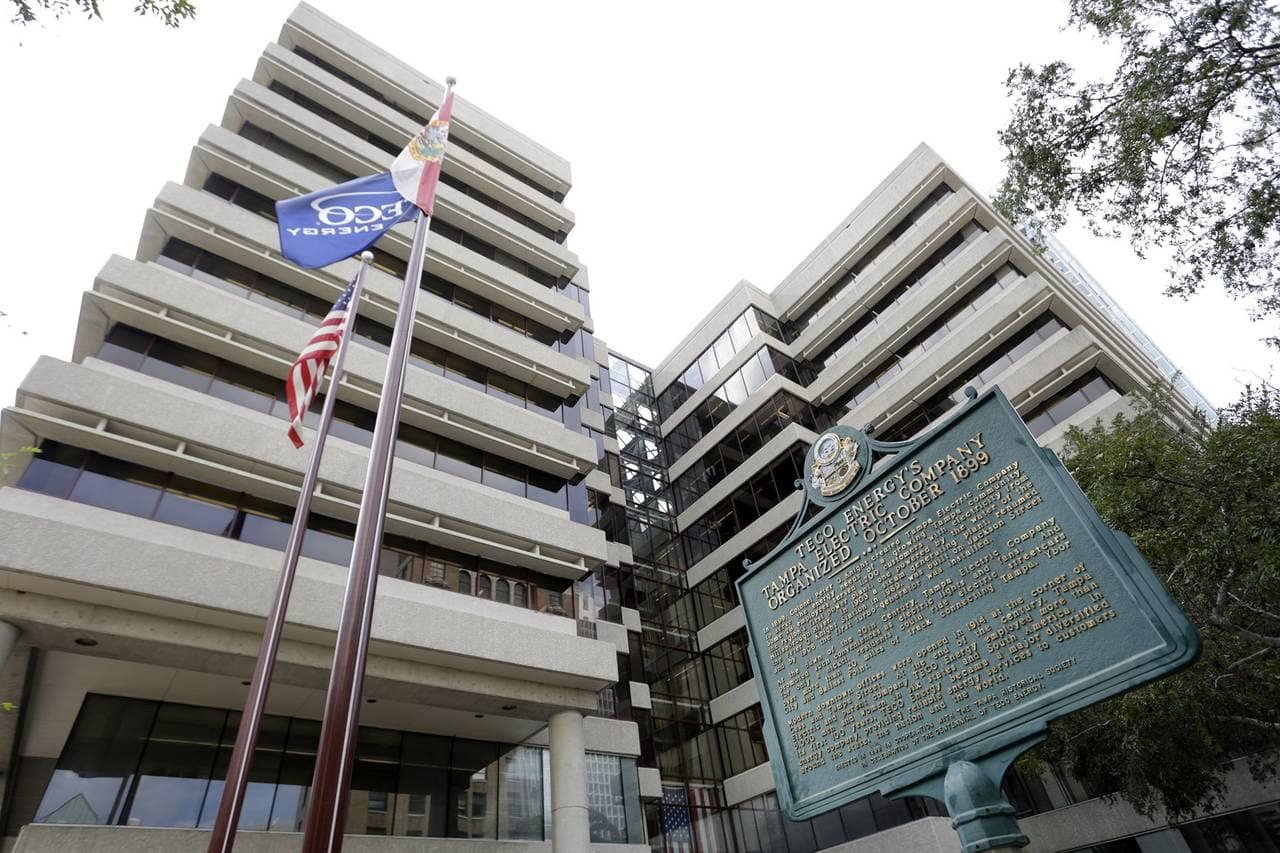
Tampa Electric on Monday filed a letter with the Florida Public Service Commission (PSC) notifying the regulator of its intent to file a formal rate case application this spring.
With the request, Tampa Electric outlines its plan to increase generation of clean, green energy and reduce carbon emissions through the modernization of Big Bend Power Station and additional solar projects.
“We are proud of the cleaner, greener company we’re becoming, and we know that the investments we are planning are necessary to deliver additional benefits over time,” said Nancy Tower, President and CEO of Tampa Electric. “By modernizing our power plants and making them more efficient, as well as expanding solar generation, we are improving air quality in the region, reducing carbon emissions and keeping customer bills low and more predictable.”
The company states that the requested rate increase would allow Tampa Electric to continue to make significant investments that are meaningful to its customers and the communities where they live and work, while keeping rates well below the national average.
Tampa Electric residential customers who use 1,000 kilowatt hours of electricity a month — a common industry benchmark — currently pay $105.25. The monthly cost went up $7.56 in January for such customers because of higher costs of natural gas for power plants, an expense on top of base rates that varies from year to year.
The company Monday did not detail how customer bills would be projected to change next year if the rate increases are approved.
Goals include reducing carbon emissions further, generating more renewable energy and improving reliability for its customers.
Tampa Electric is already Florida’s top producer of solar energy per customer. Tampa Electric announced last month the completion of its latest solar energy project — the 60 MW Durrance Solar Project — provides enough solar energy to power 100,000 homes. The utility also doubled its goal for solar energy with plans to power another 100,000 homes by 2023. In addition, Tampa Electric plans to retire Big Bend Unit 3 in 2023, two decades sooner than originally planned.
“When we complete these additional solar projects, nearly 14% of our energy will be from solar,” Tower wrote. “This cost-effective long term energy solution will be enough to power more than 200,000 homes, and will promote price stability for customers, increase our fuel diversity and reduce carbon emissions.”
Tower listed 10 major factors driving the proposed base-rate increases, topped by current revenue growth not being able to keep up with the costs of projects like the Big Bend modernization, smart grid infrastructure and the new solar plants.
Other factors include investments in information technology to improve customer service and increase cyber-security, the addition of about 40 miles of overhead transmission lines and 890 miles of underground distribution lines since 2013, and the need to provide an “appropriate” return to investors.
The letter said the company will seek approval for a 10.75% return on equity — a common measure of profitability — though the return would be able to fluctuate within a range above and below that amount.
“An appropriate return on common equity is essential for a regulated utility to attract capital necessary to make long-term investments, maintain and improve the company’s quality of service, and lower costs for customers over time,” Tower states. “Tampa Electric currently projects that its earned ROE in 2022 without rate relief will be below five percent.”
Tampa Electric is seeking an initial increase of $280 million to $295 million in 2022, with smaller, incremental additions in subsequent years, which would be partially offset by related fuel savings from ongoing and planned projects. Long-term, less fuel will be consumed due to increased efficiency and shifting more power generation to solar. If approved as filed, the new 2022 rates would be only 4% higher than they were more than a decade ago – nearly 20% lower when adjusted for inflation. Residential bills would remain among the lowest in Florida and well below the national average.
The company has operated under rate agreements since 2013, and the current agreement expires at the end of 2021. If approved, the new rates would take effect in January 2022.
Tampa Electric serves nearly 800,000 customers in West Central Florida and is planning for more growth as the population expands.
Base-rate cases are among the most closely watched issues at the Public Service Commission, as they involve large amounts of money and extensive financial and technical details.
Last month, Florida Power & Light took a similar step in seeking approval of a four-year rate plan that would increase the amount of money customers pay and finish a merger with Gulf Power.
FPL is asking for a $1.1 billion increase in base-rate revenues in 2022 and a $615 million increase in 2023. The proposal also calls for a $140 million increase in 2024 and a $140 million increase in 2025 to pay for solar-energy projects.
Both companies’ filings will lead to months of analysis and hearings that will include representatives of consumers.
___
The News Service of Florida contributed to this post. Republished with permission.



